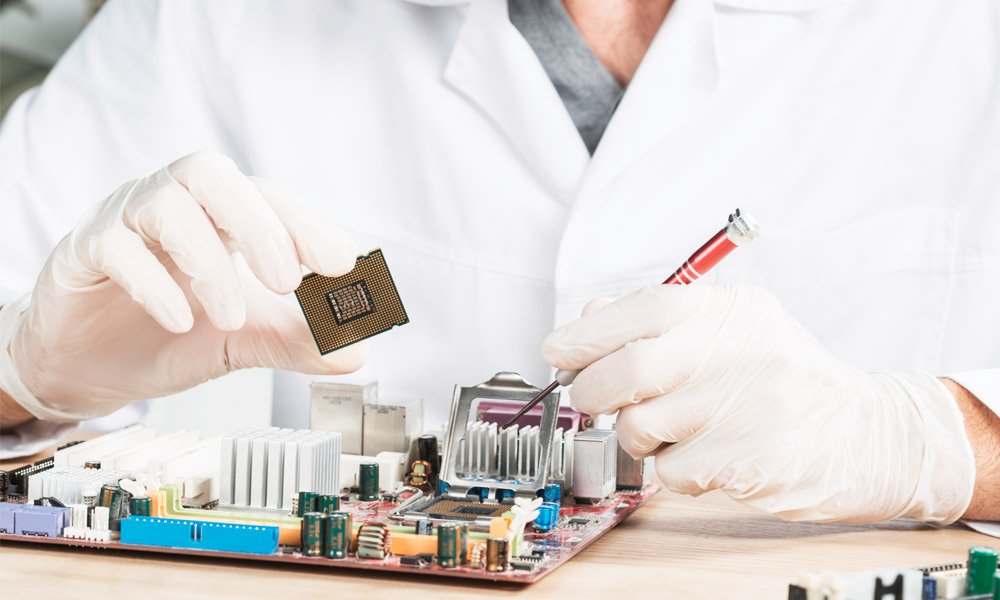In modern electronics, ensuring reliable performance is just as important as delivering power or processing data. As systems become more compact, interconnected, and sensitive, the risk of electrical faults increases. That’s where circuit protection components play a critical role. These components are designed to prevent damage from overvoltage, overcurrent, electrostatic discharge, and transient surges, which can otherwise degrade or destroy sensitive devices.
The Purpose of Circuit Protection
Circuit Breakers Integrity is securing the system from unanticipated electric phenomena. These can be like lightning forces, voltage spikes, short circuits, or even user mistakes like the reversed polarity. If there is no protection, these issues may cause overheating, defected devices, fire risks, or a complete system stop.
Building protection is not only a safety measure, but it also became a must-do. Products that are used in an outdoor environment, especially in the automotive, industrial, telecom, or consumer sectors, are continually exposed to electrical threats. Use of high-quality circuit protection parts demonstrates that devices are robust, durable, and meet the electrical safety regulations set by the authorities.
Fuses: The First Line of Defense
Fuses are among the most basic and widely used circuit protection components. They provide overcurrent protection by using a metal wire or strip that melts when too much current flows through it. Once the fuse melts, it breaks the circuit and prevents further damage.
Fuses are found in nearly every electronic device—from household appliances to power supplies and automotive systems. They are simple, inexpensive, and effective for non-recoverable fault conditions. However, once a fuse is blown, it must be replaced. In mission-critical or hard-to-access systems, designers may opt for resettable fuses or electronic alternatives to minimize downtime.
Choosing the right fuse involves matching it to the expected current load, voltage level, and response time required by the application. Integrating the proper fuses into a system relies on carefully selecting circuit protection components that meet both electrical and environmental criteria.
Diodes: Protecting Against Reverse Polarity and Voltage Spikes
Diodes are another essential category of circuit protection components. While their primary function is to permit current to travel in only one direction, they also perform important protective tasks. One common example is in reverse polarity protection, where a diode blocks the current from flowing in the wrong way, otherwise, it could damage sensitive parts.
Schottky diodes, in particular, are used for their fast switching and low forward voltage drop, making them ideal for low-power and high-frequency applications. Zener diodes can also be used to regulate voltage or clamp excessive voltages to safe levels. Using the correct type of diode to ensure that protection is not at the expense of system efficiency is very important. Finding the right circuit protection components like diodes is a matter of understanding the system’s power requirements and potential faults, especially for space constraints in the designs.
TVS Devices: Safeguarding Against Transients
Transient Voltage Suppression (TVS) devices are the tools that specifically deal with circuits protection against voltage spikes triggered by switching events, lightning, or electrostatic discharge. These circuit protection components react in nanoseconds to bring down high voltages to a safe level before propagating onto sensitive components.
TVS diodes find their place in USB ports, Ethernet lines, power sources, and data interconnects—sites which are the fast-multiplying and opportunistic personal surges. They are a must for any system that is in contact with the environment or transmits high-speed signals.
Also, TVS arrays are deployed to protect against ESD for microcontrollers, ICs, and communication lines. The continuous quest of electronics to become faster and more compact makes chips more susceptible, and their voltage allowances drop. With the right circuit protection parts, designers can avoid failure and high-cost product recalls.
Ensuring Device Longevity and Safety
Trustworthy system design doesn’t just include performance and efficiency- it must also emphasize safety and durability. Using the right circuit protection components can make the electronic devices last longer, and hence, they become more reliable. Fuses prevent overcurrent from catastrophic failure. Diodes cut off reverse flowing voltage, thus protecting vital circuits. TVS devices limit erratic voltage exposure before it can reach the sensitive subsystems.
Proper protection not only benefit the end user-it also reduces warranty claims, maintenance costs, and enhances customer satisfaction as well. This is the reason why getting high-quality circuit protection components from trusted suppliers is very crucial. Engineers and procurement teams have to consider not only the specifications of the components but also the reliability of the supply chain, the certifications, and the longevity of the products.
Conclusion
Circuit protection is an essential factor in modern electronics design. It is a guard against physical damage, data loss, and unsafe operating conditions. Whether you’re working on a consumer device, an industrial controller, or a medical tool, the integration of well-chosen circuit protection components ensures that your product remains safe, durable, and dependable in real-world environments. Protection is the first thing in mind as the technology gets denser and more complicated. Therefore, coming up with good schematics and fostering good supply chains presupposes the increased demand for simple and effective strategies for protection.


